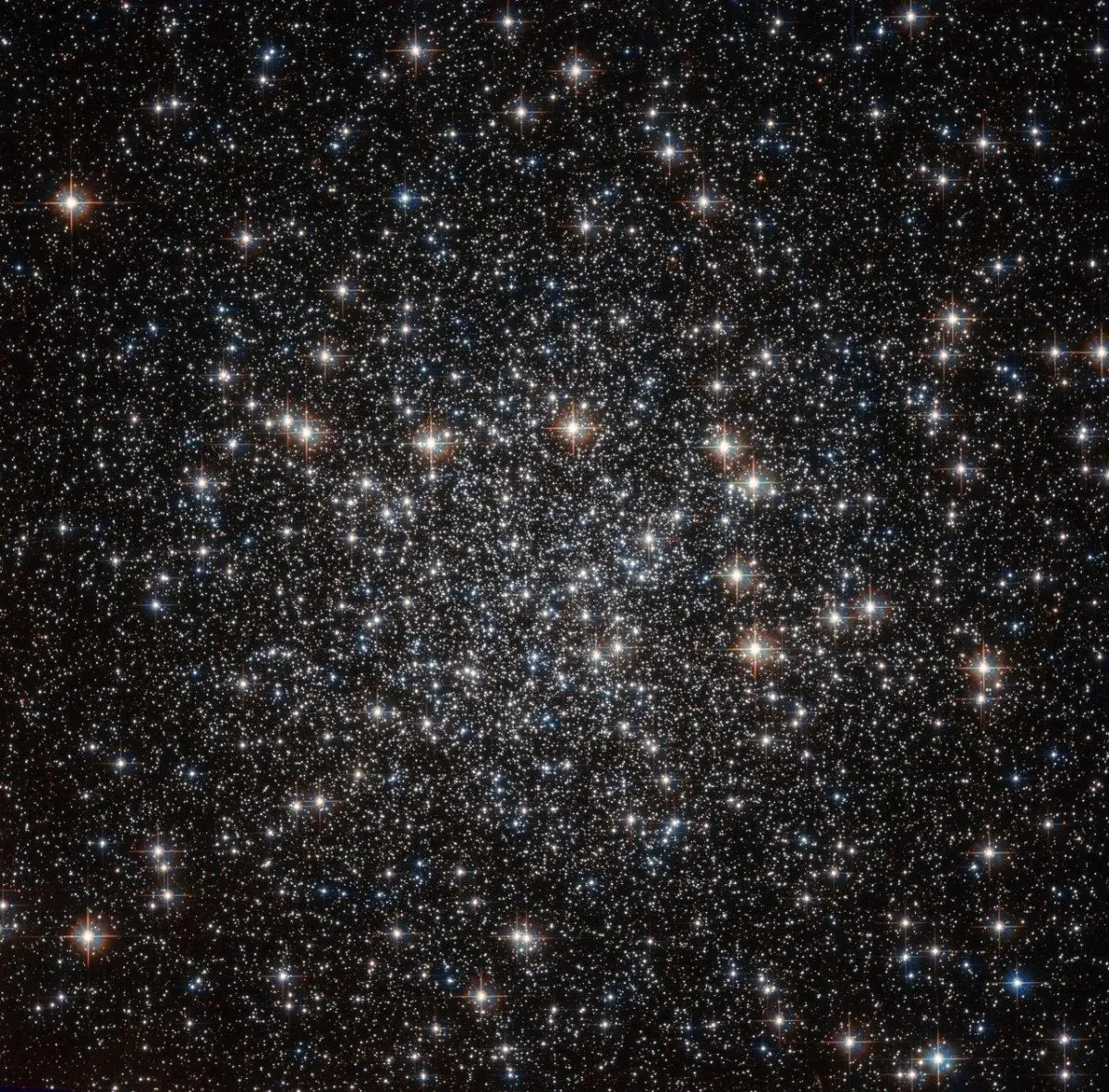Globular Cluster NGC 4833

History
This globular cluster was discovered by French astronomer Nicolas-Louis de Lacaille in 1751-1752. He was observing during his expedition to the Cape of Good Hope with a small ½-inch telescope at 8x magnification that he was mainly using for measuring star positions. He listed it as I-4 and noted: «It resembles a small, faint comet.» [8]
On 29 April 1826 this globular cluster was observed by Scottish astronomer James Dunlop with his 9-inch f/12 speculum reflector at his home in Parramatta (NSW) in Australia. He listed it as Δ 164, observed it five times and wrote: «(12 Muscae, Bode.) This is a pretty bright round nebula, about 4' diameter, moderately condensed to the centre. This, with the sweeping power, has the appearance of a globe of numerous matter with very small stars in the north following margin. But with a power sufficient to resolve it, the globular appearance vanishes in a very considerable degree; and the brightest and most condensed part is to the preceding side of the centre, with the stars considerably scattered on the north following side. Resolvable into stars of mixt small magnitudes.» [50]
John Herschel listed the cluster as h 3444 and observed it twice. On 1 April 1835 (sweep 567) he noted: «Globular cluster, bright, large, round, gradually brighter in the middle, stars 14th mag, and one 7th mag north-preceding the centre; a fine object.» On 17 May in the same year he observed it again and wrote: «Globular cluster, pretty bright, large, pretty rich, at first gradually, then very suddenly pretty much brighter middle; diameter of the bright part 3', of the loose stars 10'; stars 12..16th mag, and one large one 7th mag, 3' or 4' north of the centre.» [11]
Physical Properties
| Designation | NGC 4833 |
| Type | GCL (VIII) |
| Right Ascension (J2000.0) | 12h 59m 35.0s |
| Declination (J2000.0) | -70° 52' 27" |
| Diameter | 14 arcmin |
| Visual magnitude | 8.4 mag |
| Metric Distance | 6.600 kpc |
| Dreyer Description | globular, B, L, R, g, vsbM, st 12 |
| Identification, Remarks | h 3444; GC 3325; GCL 21; ESO 65-SC4 |
Finder Chart
The globular cluster NGC 4833 can be found in the constellation Musca. Unfortunately it is not visible from Europe. On 6 April it in opposition with the Sun and is therefore highest in the sky at local midnight.
